Seville’s architectural splendor extends far beyond its famous cathedral and Alcázar. Behind unassuming doorways and tucked away in narrow alleys lie some of the city’s most enchanting secrets—traditional courtyards filled with flowers, fountains, and centuries of history waiting to be discovered by curious travelers.
Here is a list of 20 hidden courtyards in Seville that showcase the authentic charm of Andalusian architecture and lifestyle.
Casa de Pilatos
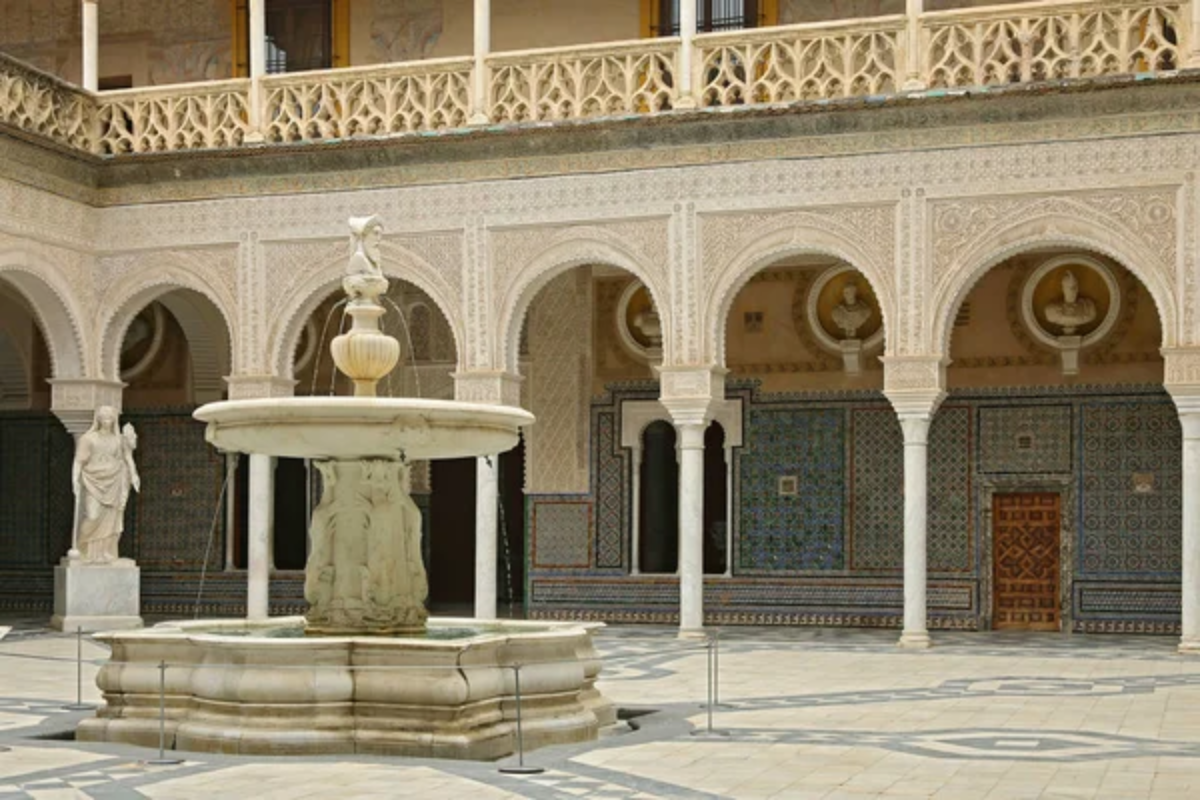
This 16th-century Andalusian palace features a stunning main courtyard that blends Renaissance Italian influence with Mudéjar tilework and Gothic elements. The central fountain is surrounded by orange trees and ancient Roman statues, while intricate plasterwork adorns the surrounding archways in a display of cultural fusion that characterizes Seville’s architectural heritage.
Palacio de las Dueñas
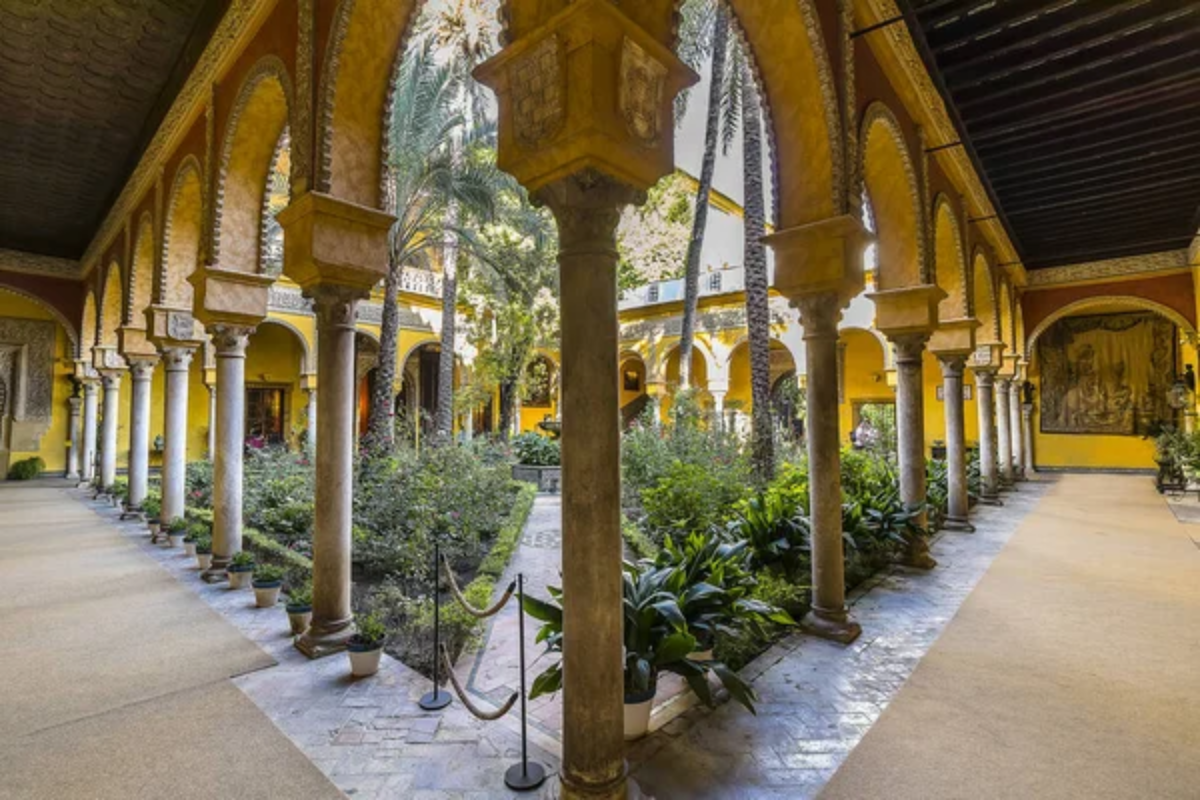
Once home to the Duchess of Alba, this lesser-known palace boasts several interconnected courtyards filled with fragrant jasmine, bougainvillea, and traditional ceramic pots. The main patio features a delicate fountain surrounded by ornate arches, creating a peaceful retreat that inspired poet Antonio Machado, who was born here and referenced these courtyards in his famous works.
Like Travel Pug’s content? Follow us on MSN.
Hospital de los Venerables
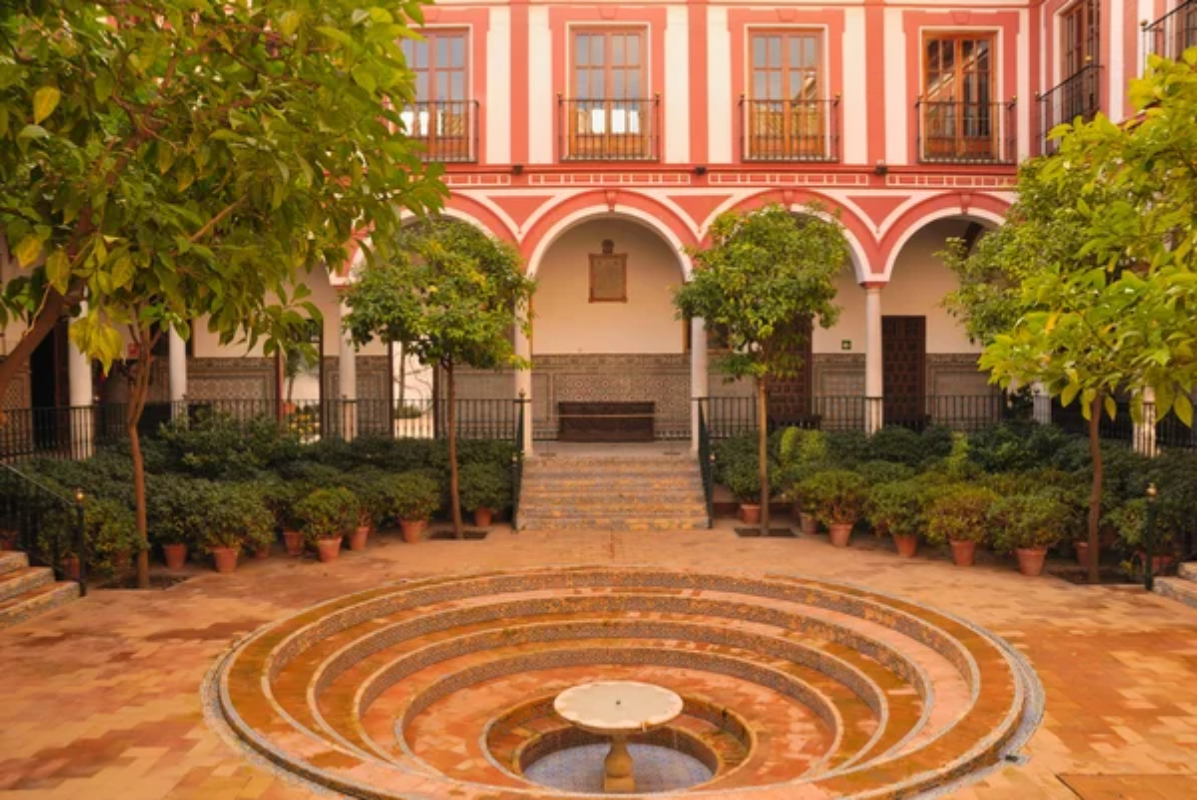
Originally built as a residence for elderly priests, this 17th-century building centers around a serene courtyard with distinctive marble columns and a sunken fountain. The perfectly proportioned space creates an acoustic environment where water sounds resonate beautifully, demonstrating how these courtyards were designed not just for visual beauty but as multisensory spaces.
Hotel Las Casas de la Judería
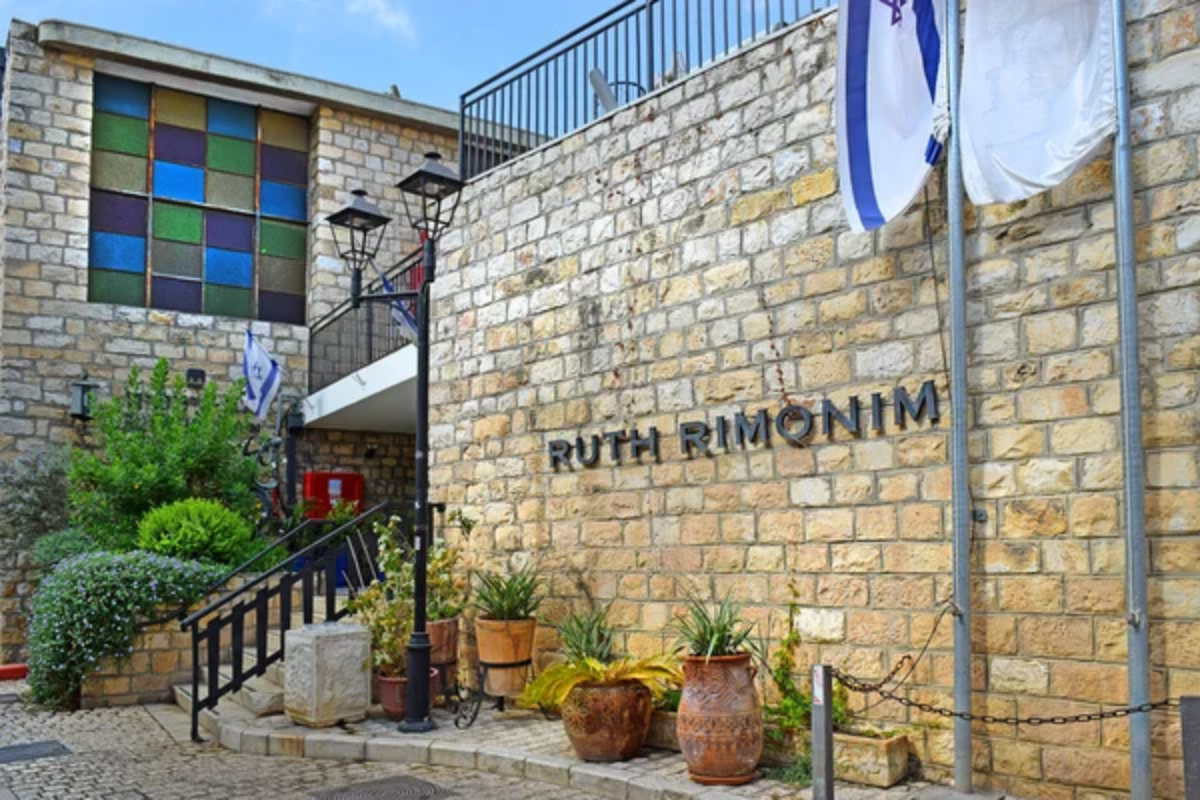
This hotel comprises 27 traditional houses connected by passages and patios in the heart of the old Jewish quarter. Its main courtyard features ancient well heads, archaeological fragments, and climbing vines that create dappled shade across stone walls that have witnessed centuries of Sevillian history.
Palacio de Lebrija
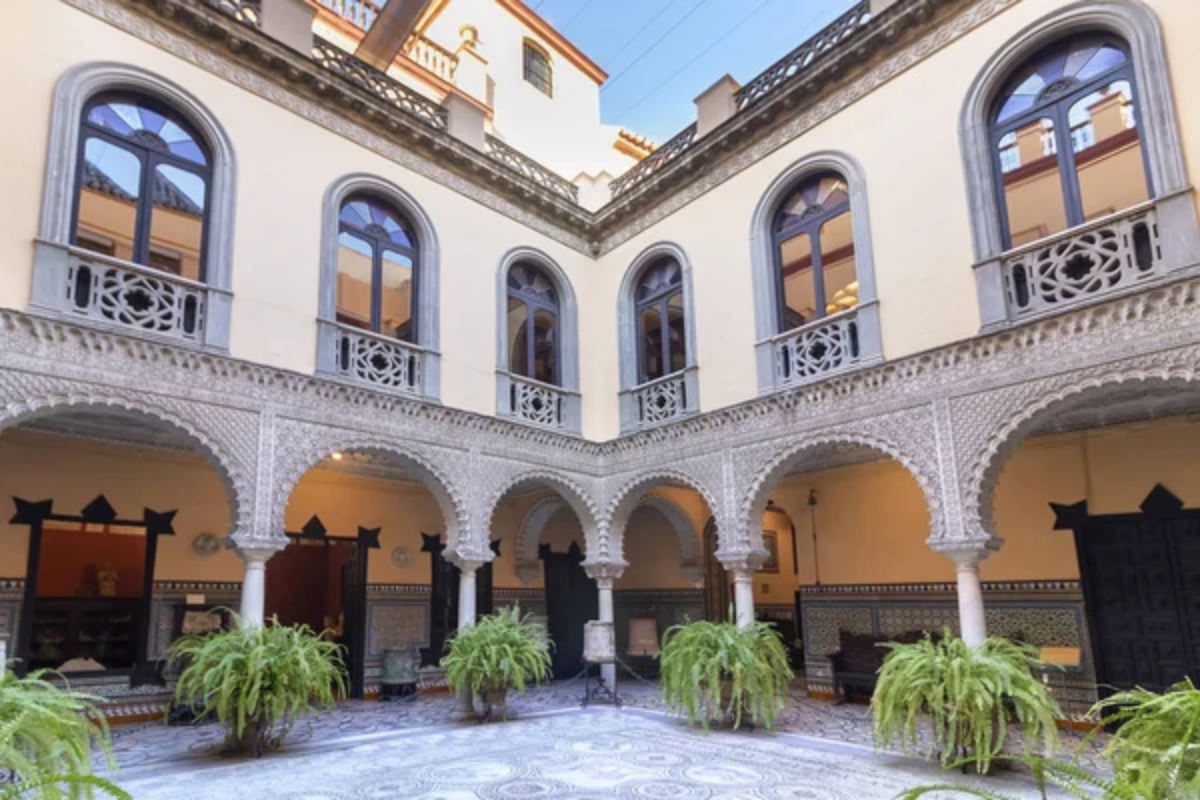
The central courtyard of this aristocratic home displays one of Spain’s finest private collections of Roman mosaics, salvaged from the ruins of nearby Italica. The peaceful space combines archaeological treasures with traditional Andalusian elements, creating a unique environment where visitors can literally walk across ancient artwork surrounded by potted plants and traditional architecture.
Like Travel Pug’s content? Follow us on MSN.
Casa de Salinas
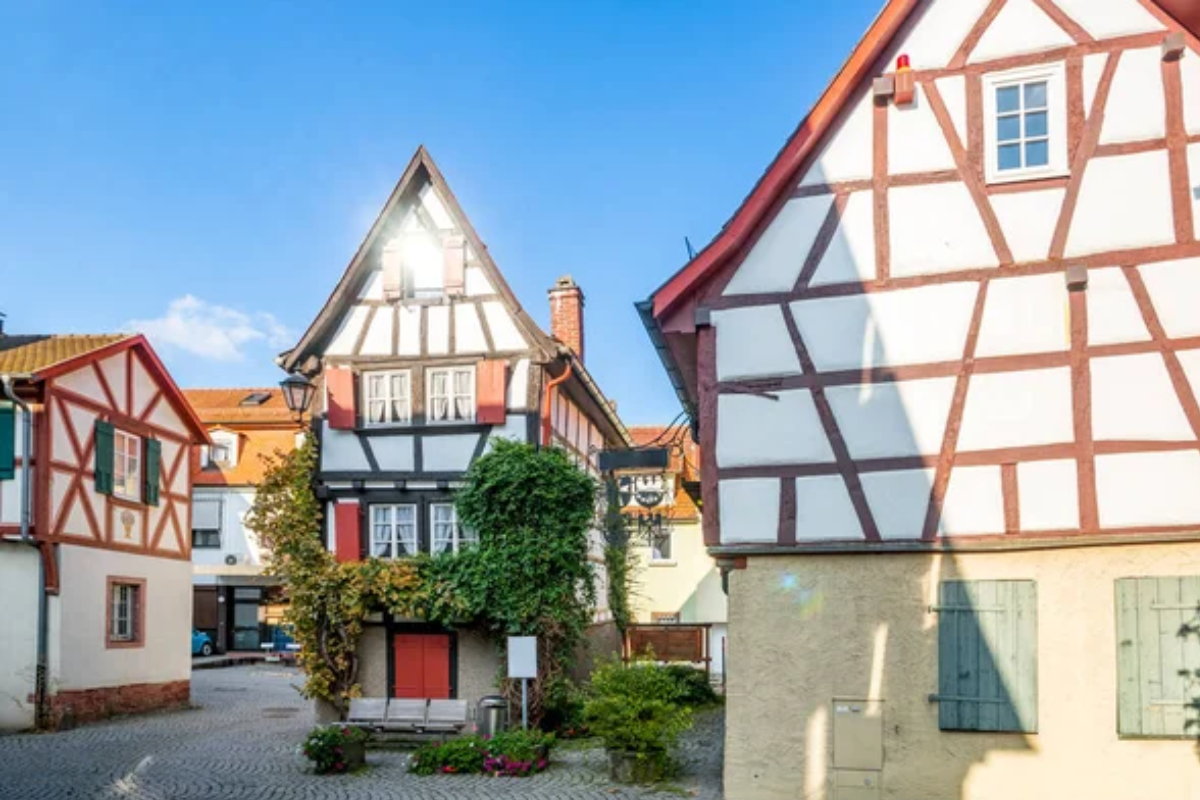
Hidden behind an unassuming façade, this 16th-century mansion reveals a spectacular courtyard adorned with original Mudéjar tilework and a central fountain dating to the 1500s. Marble columns support delicate arches, while orange trees provide shade and fragrance, creating a quintessential example of a traditional Sevillian aristocratic home.
Convento de Santa Paula
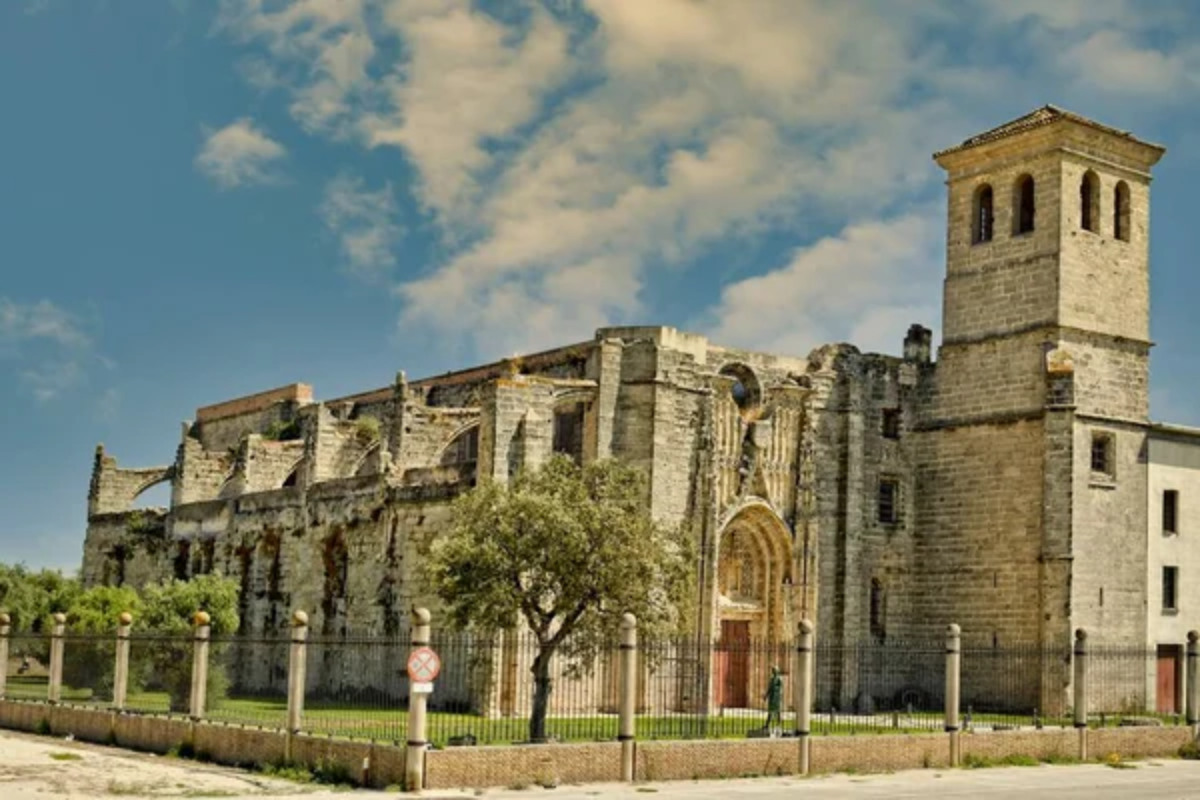
This active convent allows visitors to explore its serene main cloister, where simplicity reigns supreme. Whitewashed walls contrast against terracotta floors, and potted geraniums add touches of color to the contemplative space where nuns have walked for centuries, offering a glimpse into Seville’s religious architectural tradition.
Casa de la Memoria
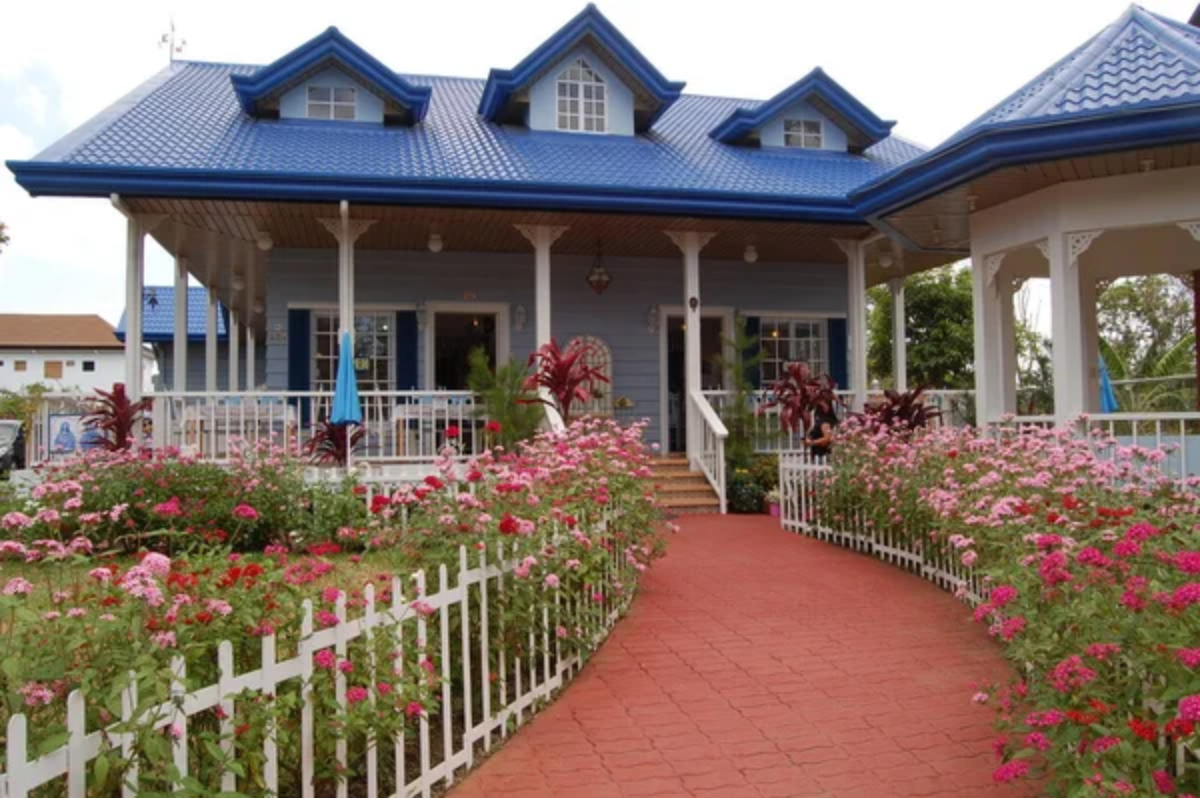
This cultural center dedicated to flamenco art surrounds a traditional courtyard where intimate performances take place during summer evenings. The space exemplifies how these architectural features served not just as environmental cooling systems but as natural gathering places where Andalusian culture flourished through music, dance, and community.
Like Travel Pug’s content? Follow us on MSN.
Hotel Palacio de Villapanés
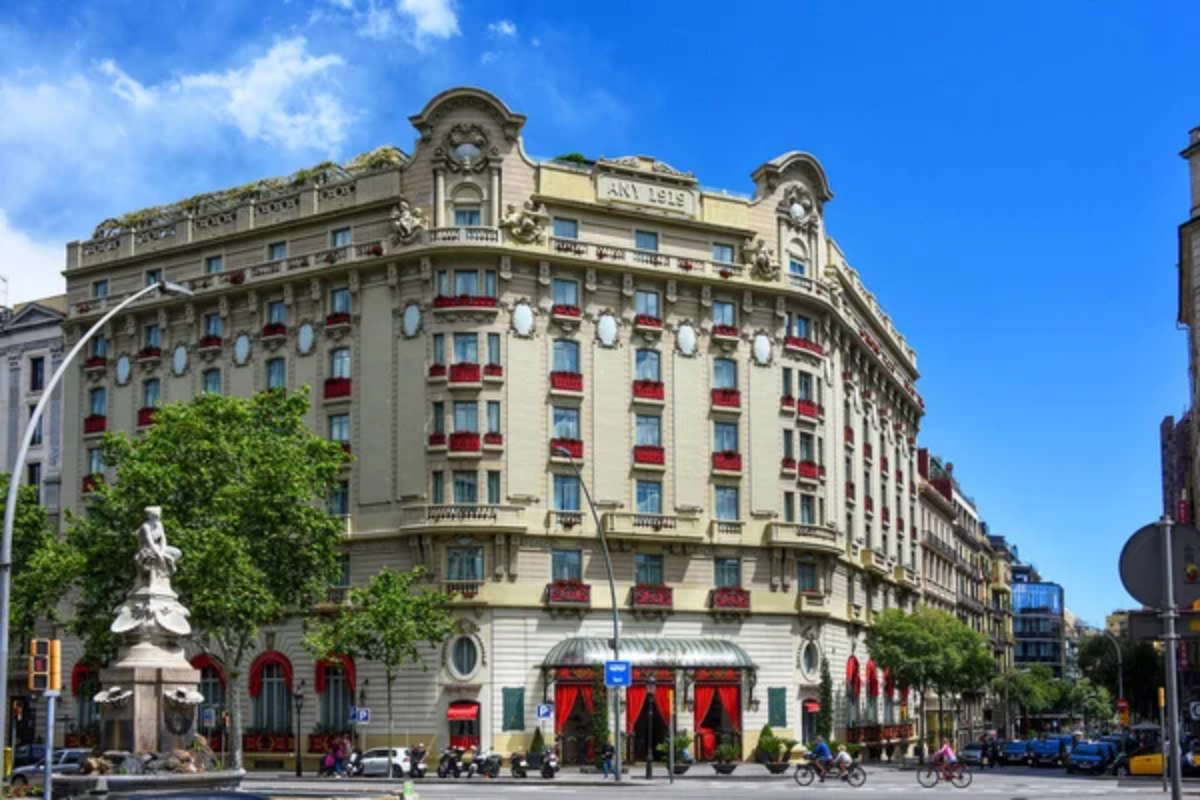
Once the residence of the Marquis of Torreblanca, this 18th-century palace features a marble-paved courtyard with soaring columns and intricate ironwork. The balanced proportions create a sense of serenity and grandeur that characterizes the transition between Baroque and neoclassical styles in Sevillian architecture.
Archivo de Indias
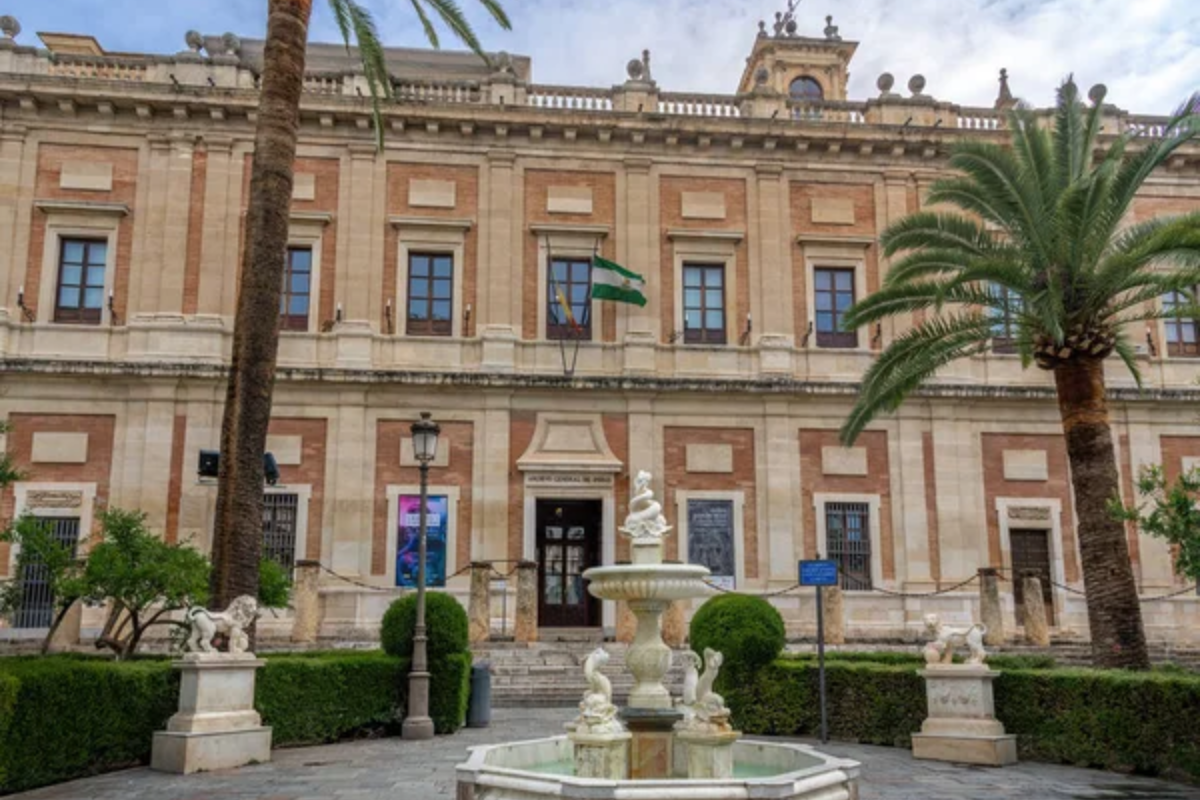
Beyond its function of housing documents from Spain’s colonial era, this UNESCO World Heritage building features a remarkable courtyard designed by the famous architect Juan de Herrera. The perfectly proportioned space demonstrates Renaissance mathematical principles with harmonious arches and a minimalist design that contrasts with the more ornate Moorish-influenced patios elsewhere in the city.
Palacio de los Marqueses de la Algaba
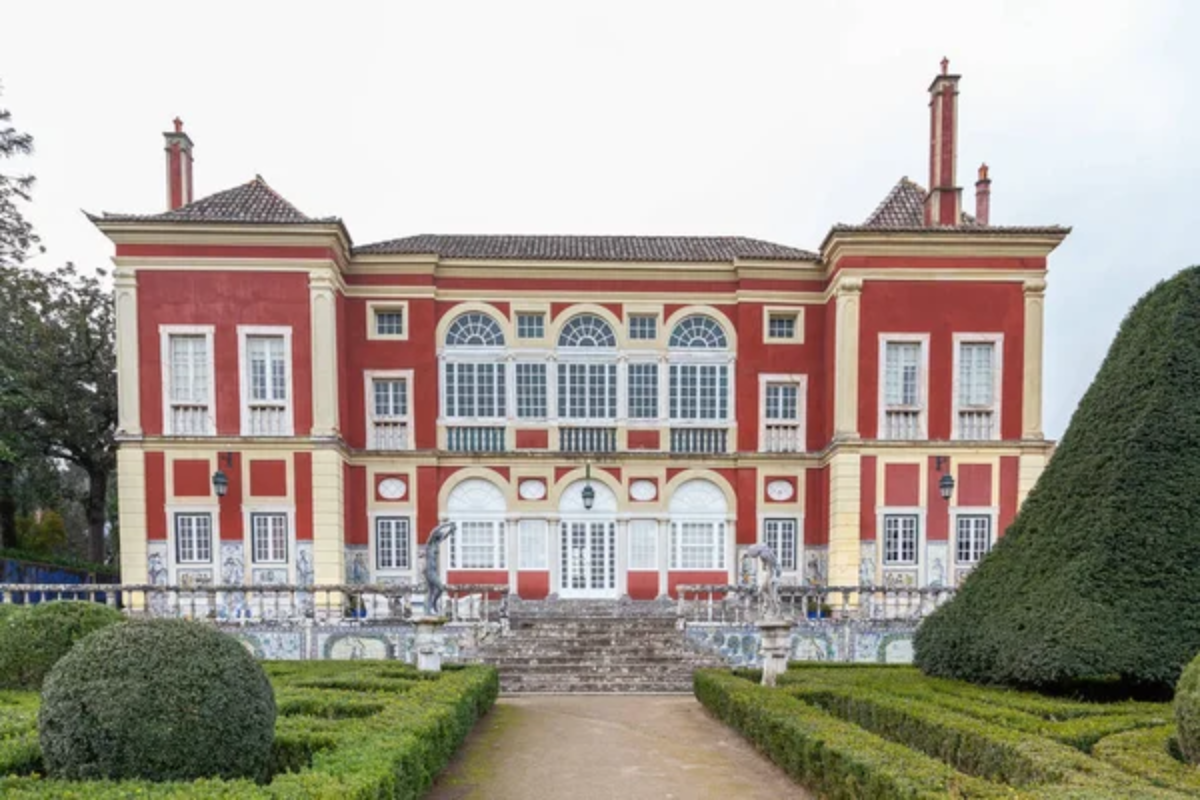
This restored 15th-century palace houses the Center for Mudéjar Art and features a courtyard that exemplifies this distinctive Andalusian style. Horseshoe arches and intricate plasterwork create an atmosphere that transports visitors back to Seville’s medieval past when Islamic and Christian artistic traditions first began merging into unique local forms.
Like Travel Pug’s content? Follow us on MSN.
Casa de los Pinelo
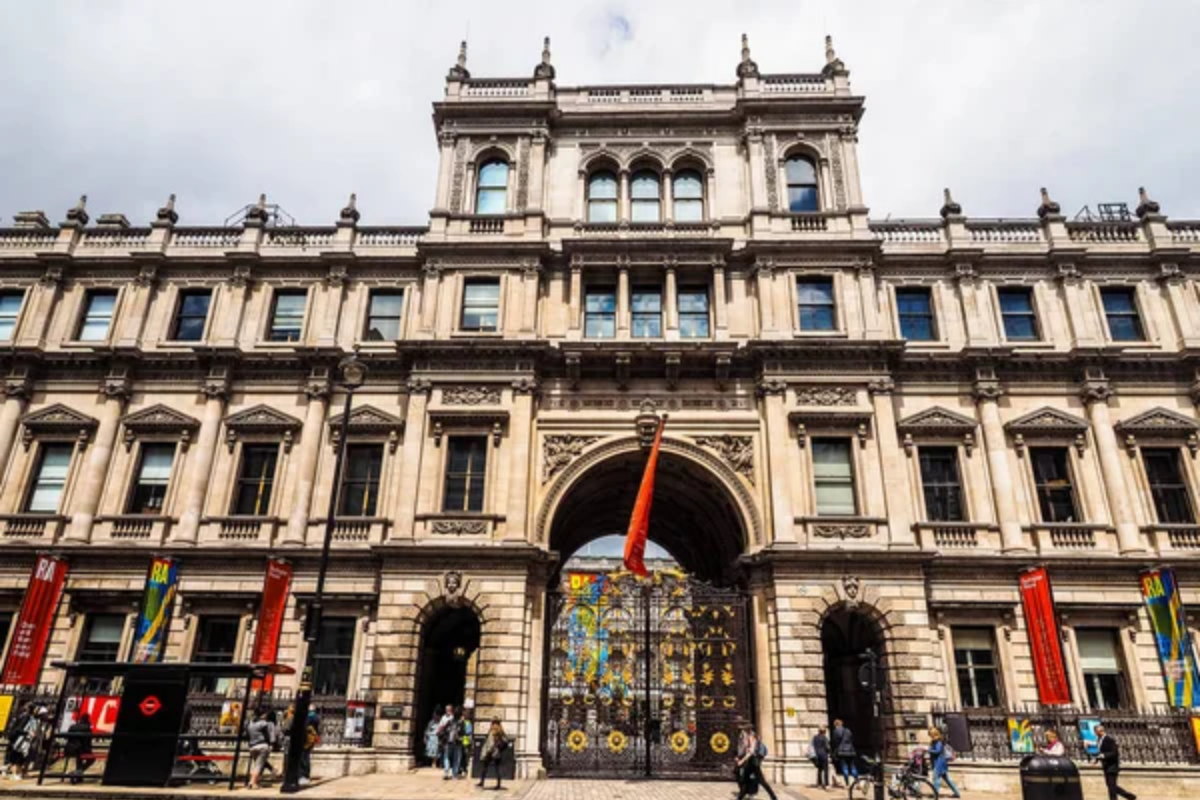
Currently home to the Royal Academy of Fine Arts, this Renaissance building contains a small but perfectly formed courtyard with slender marble columns and carved wooden eaves. The intimate scale creates a sense of discovery as visitors stumble upon this hidden gem just steps away from busy tourist areas.
Las Teresas Bar

Not all courtyards belong to grand palaces—this beloved tapas bar features a tiny traditional patio where locals gather for drinks beneath hanging hams and colorful tiles. The space represents how everyday Sevillian architecture incorporated these cooling central spaces into even modest buildings as a practical response to the hot climate.
Hospital de la Caridad
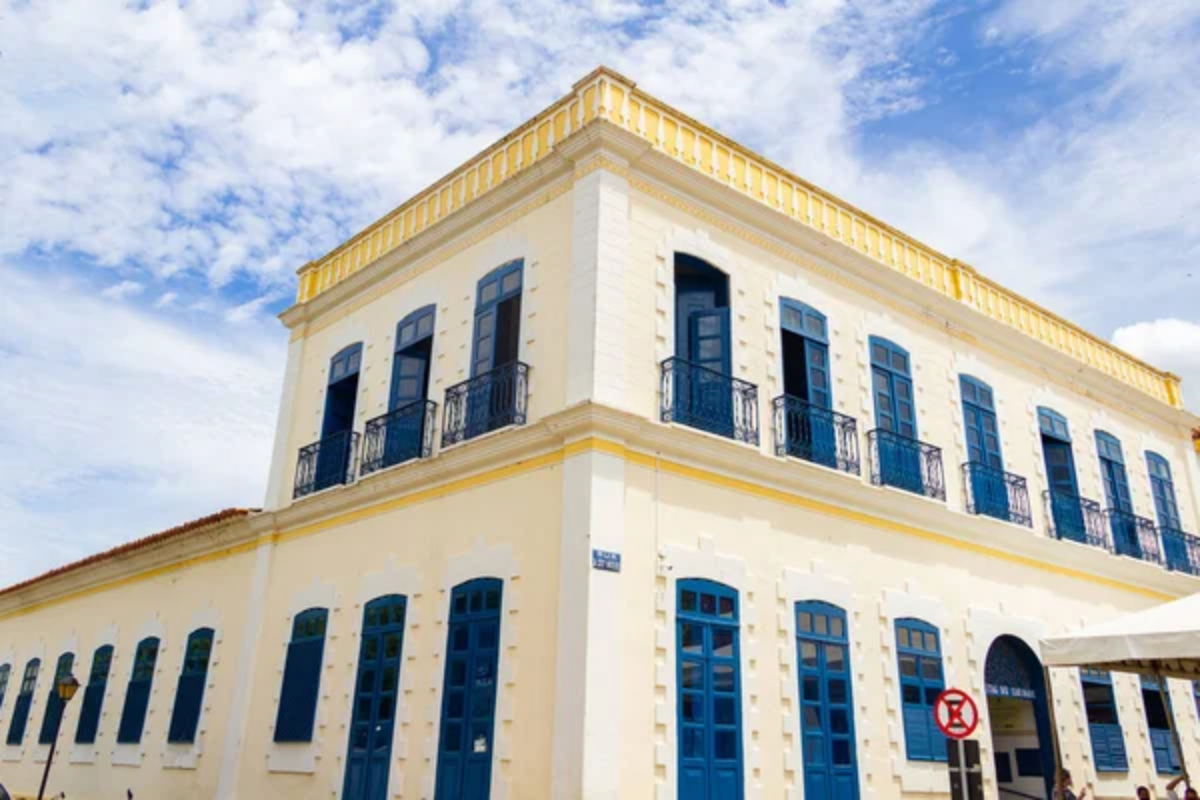
Founded in the 17th century by the reformed nobleman Miguel de Mañara, this baroque building’s courtyard features decorative ceramic sun motifs and religious imagery. The space was designed not just for beauty but as a contemplative environment for the ill and elderly, demonstrating how courtyards served practical, spiritual, and aesthetic purposes in traditional architecture.
Like Travel Pug’s content? Follow us on MSN.
Casa de Carmona
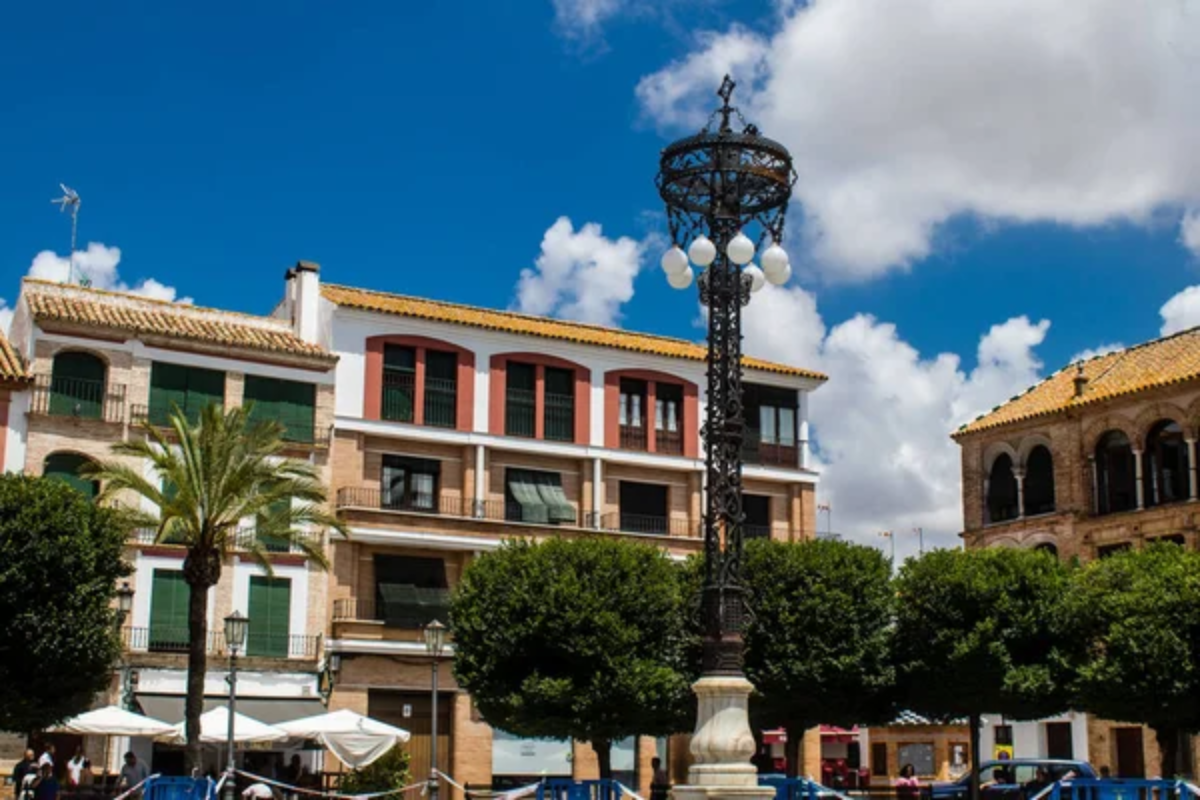
This manor house contains five distinct courtyards, each with unique character ranging from Moorish-inspired arches to Renaissance columns. The connected spaces create a progression of environments designed to moderate temperature while showcasing the owner’s wealth through architectural elements and plantings that change with each generation.
Palacio Belmonte
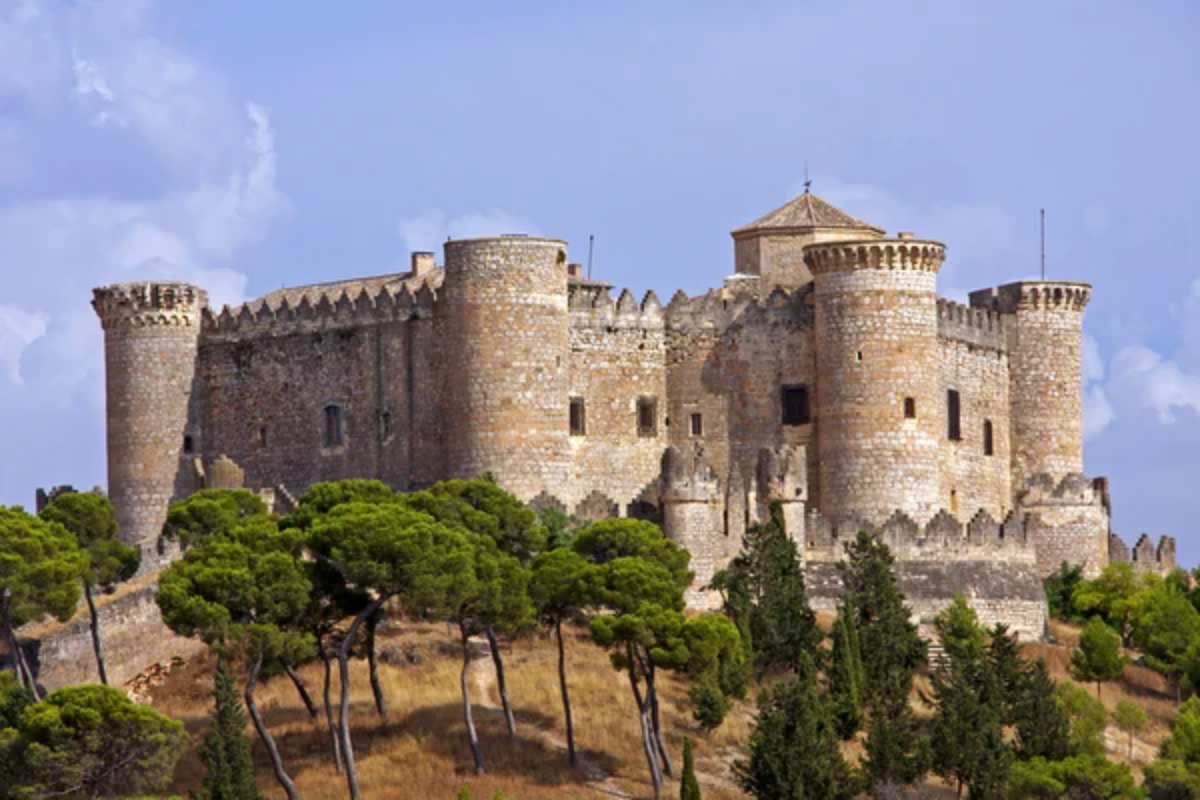
Tucked away near the Murillo Gardens, this lesser-known palace features an intimate courtyard with azulejo tiles and a central fountain surrounded by citrus trees. The space exemplifies how these architectural features provided both practical cooling effects and aesthetic beauty through the strategic use of water, shade, and fragrant plantings.
Conservatorio de Danza
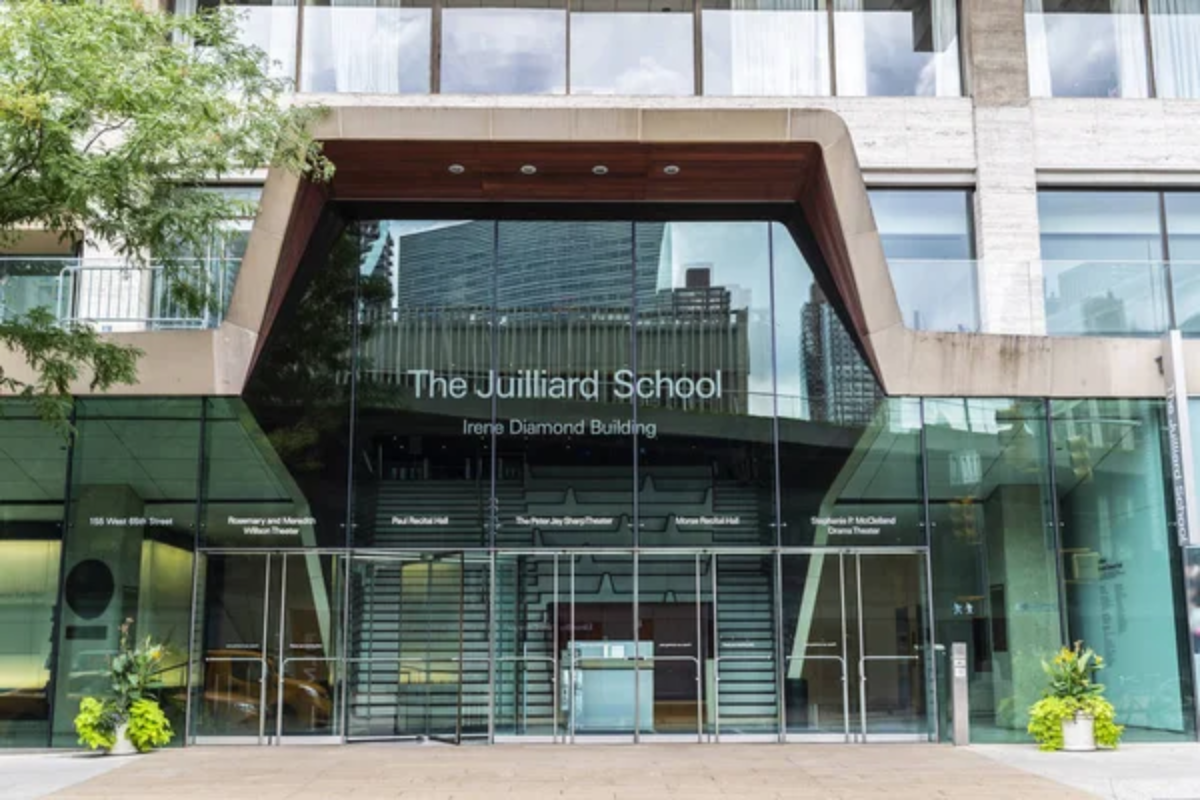
Formerly a convent, this dance school surrounds an elegantly proportioned courtyard where students now practice beneath centuries-old arches. The rhythmic sound of castanets and footwork carries through the space much as prayers once did, demonstrating how these historic structures continue finding new purpose in contemporary Seville.
Like Travel Pug’s content? Follow us on MSN.
Casa Fabiola
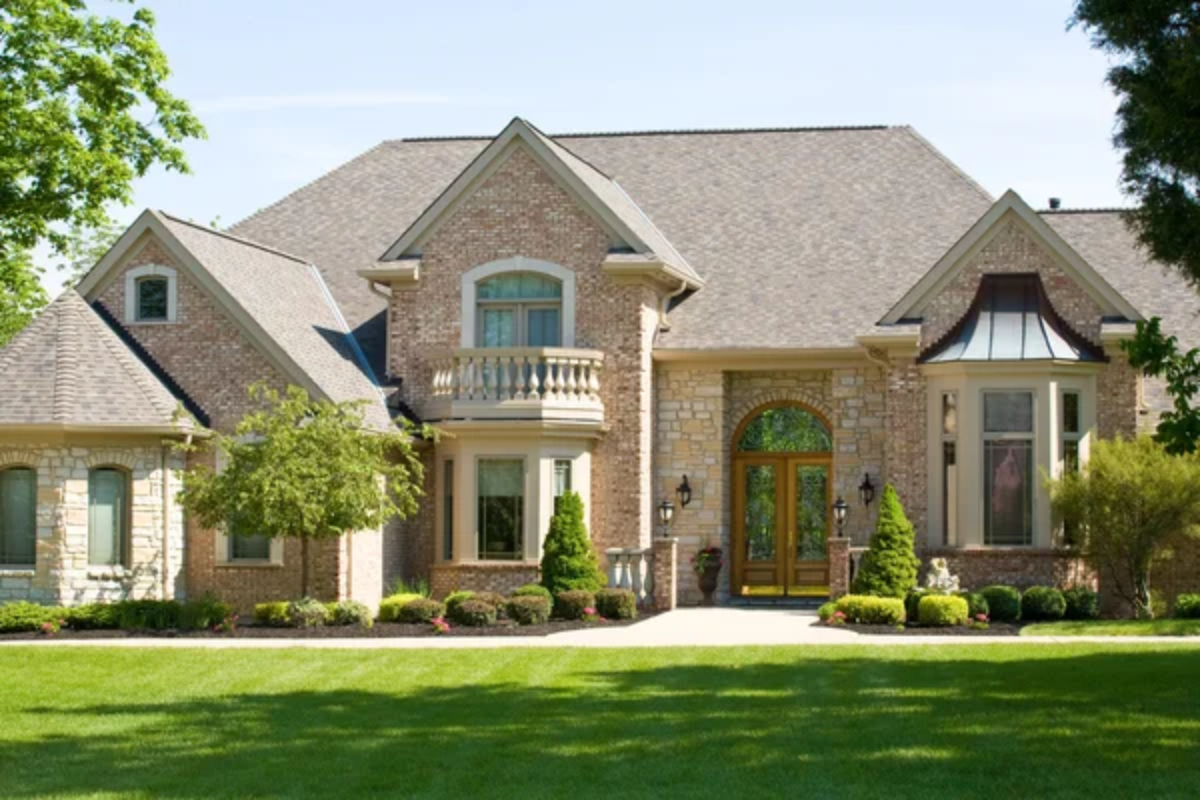
This recently restored 20th-century mansion houses the Bellver Collection and features a modernized interpretation of traditional courtyards with contemporary sculpture contrasting against historic architecture. The space shows how these traditional elements evolved through time while maintaining their essential function as the heart of Sevillian buildings.
Museo de Artes y Costumbres Populares
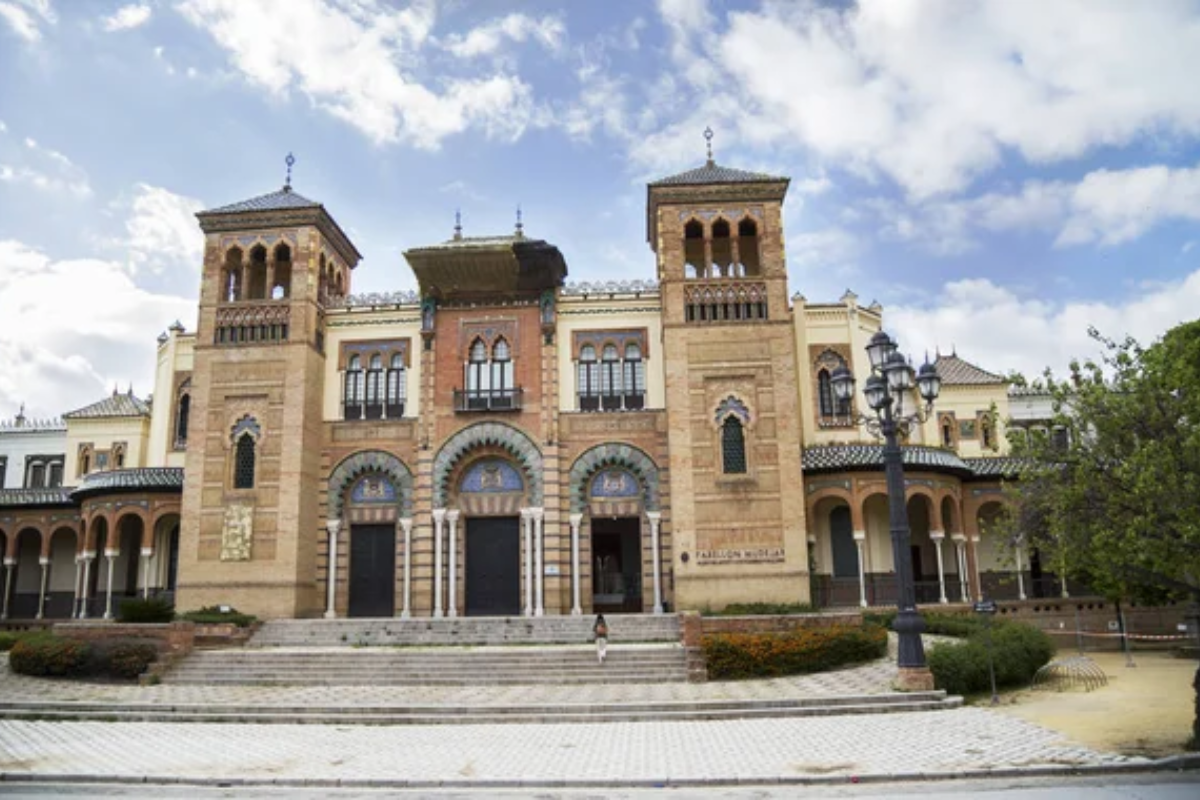
Housed in the Mudéjar pavilion from the 1929 Ibero-American Exhibition, this ethnographic museum surrounds a neo-Moorish courtyard that recreates medieval designs with early 20th-century materials. The space illustrates how courtyards remained central to Sevillian architectural identity even during periods of modernization and revivalist styles.
Casa de Mañara

This noble residence, associated with the legendary Don Juan figure, features a serene courtyard where reality and mythology intertwine amid fragrant orange trees and bubbling fountains. The intimate space has witnessed centuries of Sevillian life, from aristocratic gatherings to everyday domestic activities, embodying the continuous living tradition of these architectural spaces.
Like Travel Pug’s content? Follow us on MSN.
Portals to Seville’s Soul

These hidden courtyards offer more than architectural beauty—they provide intimate glimpses into Seville’s cultural heart, where public and private worlds meet. Whether grand noble residences or humble neighborhood spaces, these patios tell stories of cultural exchange, religious devotion, and adaptation to a climate that defines Andalusian identity.
Each doorway crossed reveals another chapter in Seville’s rich historical narrative, inviting travelers to experience the city not just as tourists but as temporary residents in spaces where everyday life has unfolded for centuries beneath the same Andalusian sun.
More from Travel Pug

- 20 Towns Built for One Purpose That Were Later Abandoned
- 15 Hidden Spots in Disney World’s Magic Kingdom Most Visitors Miss
- 20 Once-Popular Beach Towns That Are Now Ghostly Empty
- 15 Canyons in the U.S. That Are Just as Stunning as the Grand Canyon
- 10 Under-the-Radar Mountain Towns That Are Both Affordable and Beautiful
Like Travel Pug’s content? Follow us on MSN.
